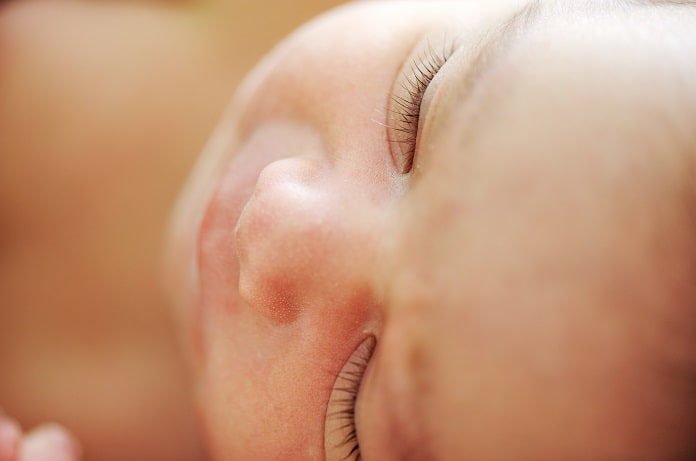Approximately one in ten infants are born prematurely worldwide and at a high risk for medical complications including breathing apneas and osteopenia. A new study published in BMC Pediatrics assessed whether caffeine, prescribed to treat breathing apneas of prematurity, increases the risk for osteopenia in infants.
Almost 10% of infants are born prematurely worldwide (i.e. born at fewer than 37 weeks of gestational age). While the cause of preterm birth is often unknown, many risk factors exist such as diabetes, high blood pressure, obesity, and tobacco smoking. Additionally, premature infants are at a greater risk for delays in development, hearing problems, and breathing apneas. Breathing apnea of prematurity occurs when premature infants suddenly stop breathing for 15 to 20 seconds during sleep.
How is Bone Mineral Density Related to Caffeine?
Approximately 80% of the bone mineralization process occurs during the third trimester of pregnancy, and premature babies are often born with a lower bone mineral density and bone mineral content. The risk of osteopenia, or low bone density, increases as gestational age decreases. Consequently, premature babies are at higher risk of bone fragility and fractures.
Caffeine is the most commonly consumed pharmacological compound in the world. In neonatal intensive care units, caffeine is one of the most commonly prescribed drugs to treat breathing apneas of prematurity, a condition present in around 70% of premature babies. The half-life of caffeine in neonates is 72-96 hours, but the liver enzymes that metabolize caffeine mature with increasing gestational age. Therefore, caffeine is cleared more slowly in preterm infants. However, animal studies have shown that caffeine decreases bone density and also lowers the calcium content of the tibia and femur bones.
A new Canadian study published in BMC Pediatrics sought to determine whether caffeine usage is associated with osteopenia. The researchers assessed 109 premature infants born at 31 gestational weeks or lower. They measured osteopenia using a chest X-rays on a biweekly basis over 12 weeks. Caffeine prescriptions were also monitored and assessed against the presence of osteopenia.
Caffeine Treatment Led to Osteopenia in Premature Infants
The results of this study revealed a strong correlation between caffeine treatment and the presence of osteopenia. Therefore, despite the beneficial effect of caffeine on treating breathing apneas of prematurity, caffeine has adverse effects on bone density. Significantly, the harmful effects of caffeine are more evident in lower gestational age infants, which may be explained by their slower metabolism of caffeine causing it to exist for a longer time in their systems.
These results have significant impacts on public health. A previous study showed that in animal models, maternal caffeine intake negatively impacted bone formation and development; thus, pregnant mothers are advised against high intakes of caffeine. However, the high doses of caffeine prescribed to premature infants have a large contribution toward the development of osteopenia. Therefore, other treatment options should be explored to treat breathing apneas of prematurity, such as different ventilation strategies. Alternatively, future studies must be conducted to determine an effective lower dose of caffeine to treat preterm infants to minimize the risk of osteopenia.
Written by Neeti Vashi, BSc
Reference: Ali, E., Rockman-Greenberg, C., Moffatt, M., Narvey, M., Reed, M., & Jiang, D. (2018). Caffeine is a risk factor for osteopenia of prematurity in preterm infants: a cohort study. BMC Pediatrics, 18(1), 9.



